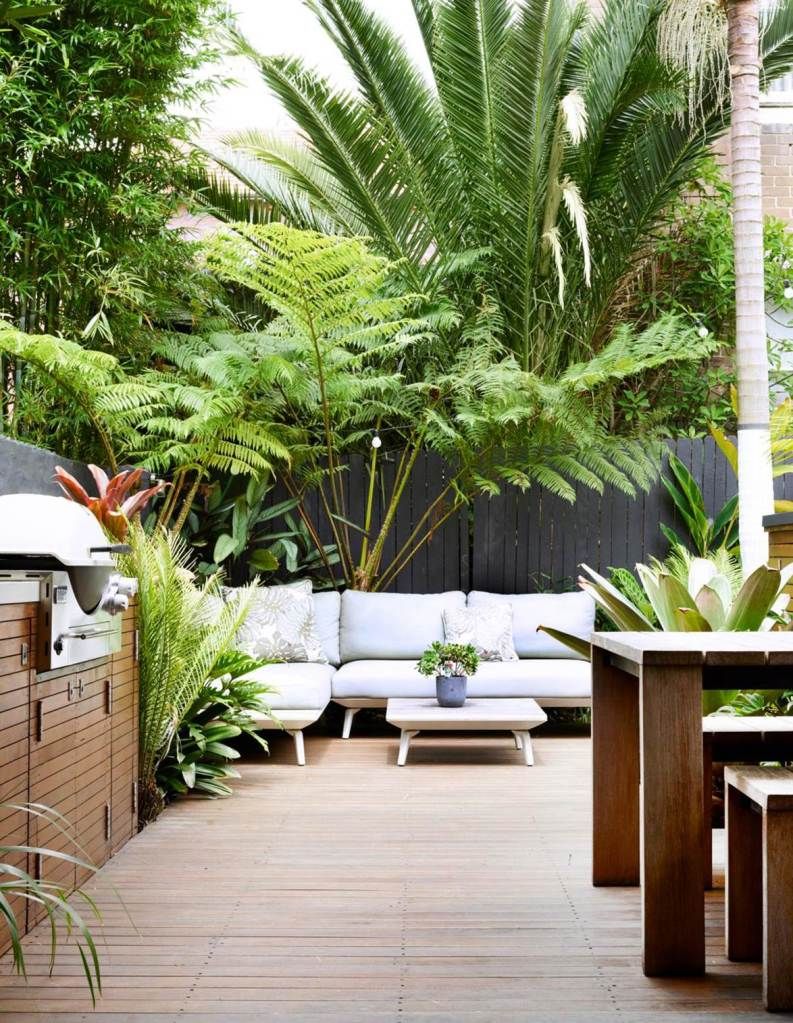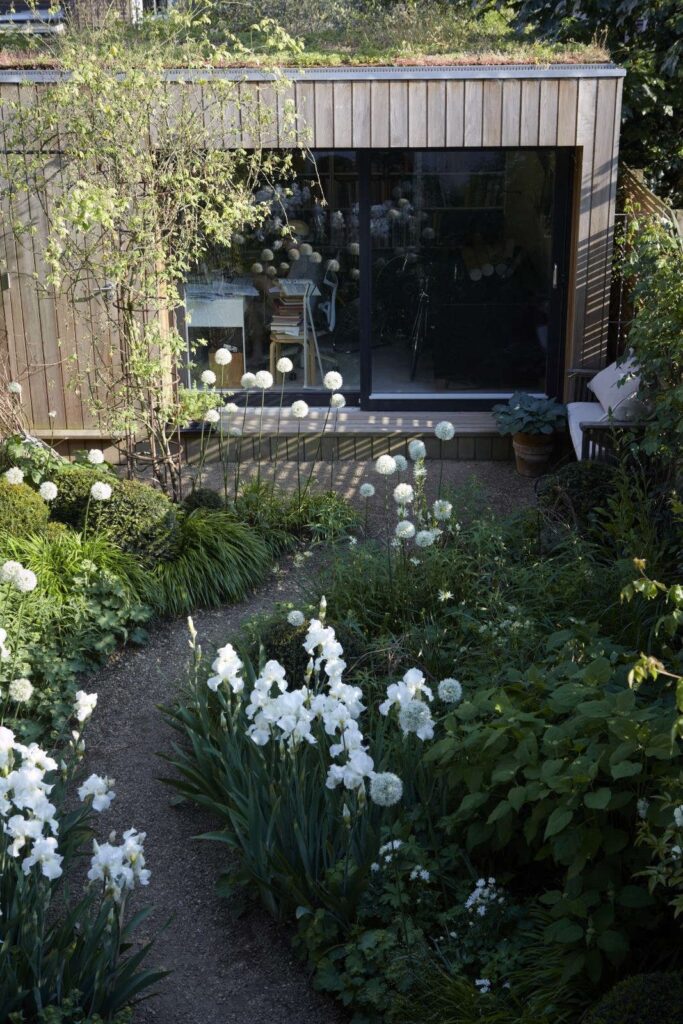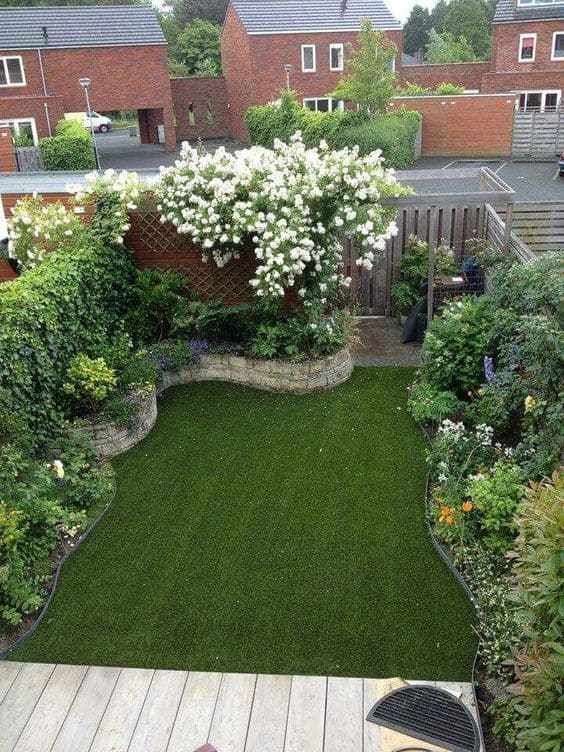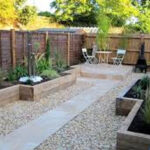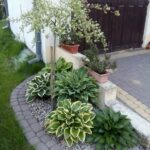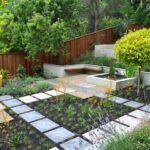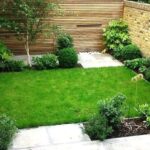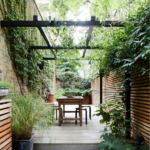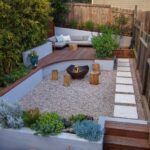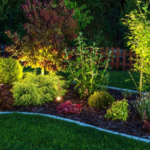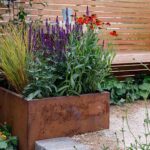Small gardens can be a delightful addition to any home, but they often come with the challenge of maintaining them. To create a low-maintenance garden, it is essential to focus on design elements that require minimal upkeep. One key aspect of low-maintenance garden design is selecting the right plants. Opt for native or drought-tolerant species that require less water and attention to thrive.
Incorporating hardscaping elements such as gravel paths, stones, or pavers can help reduce the need for regular weeding and mowing. These features not only add visual interest to your garden but also help to minimize the maintenance required to keep it looking neat and tidy. Additionally, consider installing raised beds or containers for planting to make gardening tasks more manageable and to prevent weeds from taking over.
Another important consideration in small garden design is creating designated areas for plants, seating, and other features. By organizing your garden into distinct zones, you can make it easier to care for each area individually. Incorporate features such as mulch or ground cover plants to suppress weeds and reduce the need for frequent maintenance. A well-thought-out layout can also help to maximize the use of space in a small garden and create a sense of balance and harmony.
To further reduce maintenance, consider adding automated irrigation systems to ensure that your plants receive the right amount of water without the need for constant monitoring. Drip irrigation or soaker hoses can be particularly effective in conserving water and keeping plants healthy. Mulching can also help retain moisture in the soil and reduce the frequency of watering, making your garden more self-sufficient and less demanding on your time and resources.
Incorporating evergreen or perennial plants into your garden design can help create a more stable and low-maintenance landscape. These plants require less pruning and maintenance than annuals, and they provide year-round interest and structure to your garden. By carefully selecting a mix of plants that offer different colors, textures, and heights, you can create a garden that is visually appealing and requires minimal effort to maintain.
In summary, creating a low-maintenance small garden is all about thoughtful design and smart plant choices. By selecting the right plants, incorporating hardscaping elements, organizing your garden into zones, and adding automated irrigation systems, you can create a beautiful and manageable outdoor space that will bring you joy with minimal upkeep. With some careful planning and a little creativity, you can enjoy a thriving garden that enhances your home without requiring constant attention and maintenance.
 yishifashion Where Outdoor Dreams Become Reality
yishifashion Where Outdoor Dreams Become Reality
